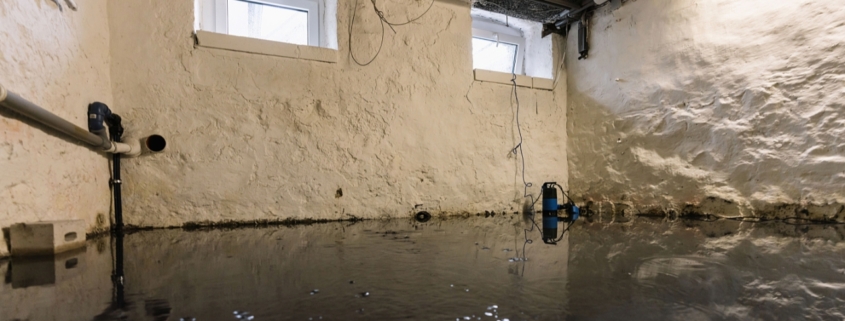Enhancing Home Protection with Flood Sensors: Your Ultimate Guide to Flood Prevention
Your home is more than just a place; it’s a sanctuary for your family and belongings. Protecting it from potential threats, including the often-overlooked danger of flooding, is paramount. Flood sensors are your secret weapon in safeguarding your home and preserving your peace of mind. These intelligent devices seamlessly integrate with your security system, diligently watching over your property and alerting you to the presence of moisture or water, allowing you to take immediate action. In this comprehensive guide, we’ll delve deeper into flood sensors, explore their functionality, and provide you with a holistic flood prevention strategy.
Understanding Flood Sensors
- Strategic Sensor Placement: The first step in fortifying your home against floods is strategically positioning flood sensors in areas prone to water-related issues. Common locations include basements, crawl spaces, laundry rooms, and beneath sinks. These discreet, compact devices can be affixed to floors, mounted on walls, or discreetly installed wherever water accumulation is likely.
- Seamless Wireless Communication: Flood sensors operate wirelessly, communicating effortlessly with your home security hub. Employing cutting-edge wireless technologies such as Zigbee, Z-Wave, or Wi-Fi, they establish a robust connection with the central control panel of your security system.
- Moisture Detection Mechanism: Flood sensors rely on ingenious moisture-sensitive probes to detect the presence of water. When these probes come into contact with moisture or detect it nearby, they spring into action.
- Alert Generation: Upon detecting water, flood sensors send a swift and clear signal to your central control panel. This signal acts as a trigger, initiating a series of pre-defined actions based on your specific settings.
- Multi-Channel Notifications: Flood sensors ensure that you’re never left in the dark during a water-related emergency. Depending on your setup, your home security system can activate various notifications, including audible alarms, visual indicators like flashing lights, and messages sent to your smartphone through a dedicated mobile app, email, or text messages.
- Integration for Comprehensive Protection: Modern flood sensors don’t operate in isolation. They seamlessly integrate with other smart home devices and platforms, creating a unified ecosystem of protection. For instance, when a flood sensor detects water, it can immediately trigger a connected camera to start recording, providing you with crucial visual evidence of the situation.
Comprehensive Flood Prevention Strategies
While flood sensors are a vital component of your flood prevention strategy, there are additional measures you can take to bolster your home’s defense against flooding:
- Proper Drainage: Ensure that rainwater and runoff are directed away from your home’s foundation. This simple yet effective practice prevents water accumulation near your home, significantly reducing the risk of flooding.
- Regular Roof Maintenance: A well-maintained roof is your first line of defense against water leaks and intrusion. Periodic roof inspections, especially in areas prone to adverse weather, are essential to identify and address potential issues promptly.
- Sump Pump Systems: In regions susceptible to heavy rainfall or excess moisture, consider installing sump pump systems in your basement. These devices work tirelessly to expel accumulated water, helping to keep your basement dry and protected.
- Effective Sealing and Waterproofing: To create a robust barrier against water intrusion, seal cracks and gaps in your home’s foundation. Additionally, applying waterproof coatings to basement walls can repel moisture effectively.
- Elevate Electrical Systems: Given the vulnerability of electrical systems to water damage, elevate critical components such as electrical panels, outlets, and wiring at least a foot above potential flood levels. This practice prevents short circuits and electrical fires, ensuring your safety.
- Thoughtful Landscaping: Your landscaping choices play a significant role in your home’s susceptibility to flooding. Avoid planting large trees near your home’s foundation, as their roots can compromise structural integrity over time. Incorporate landscaping features like swales and berms to redirect rainwater away from your home.
By combining the vigilant protection of flood sensors with these comprehensive flood prevention strategies, you create a fortress of defense around your home. Your family, belongings, and cherished memories are safe from the devastating effects of flooding. Embrace these advanced technologies and time-tested practices to ensure your home remains a place of security and comfort, regardless of external challenges.




